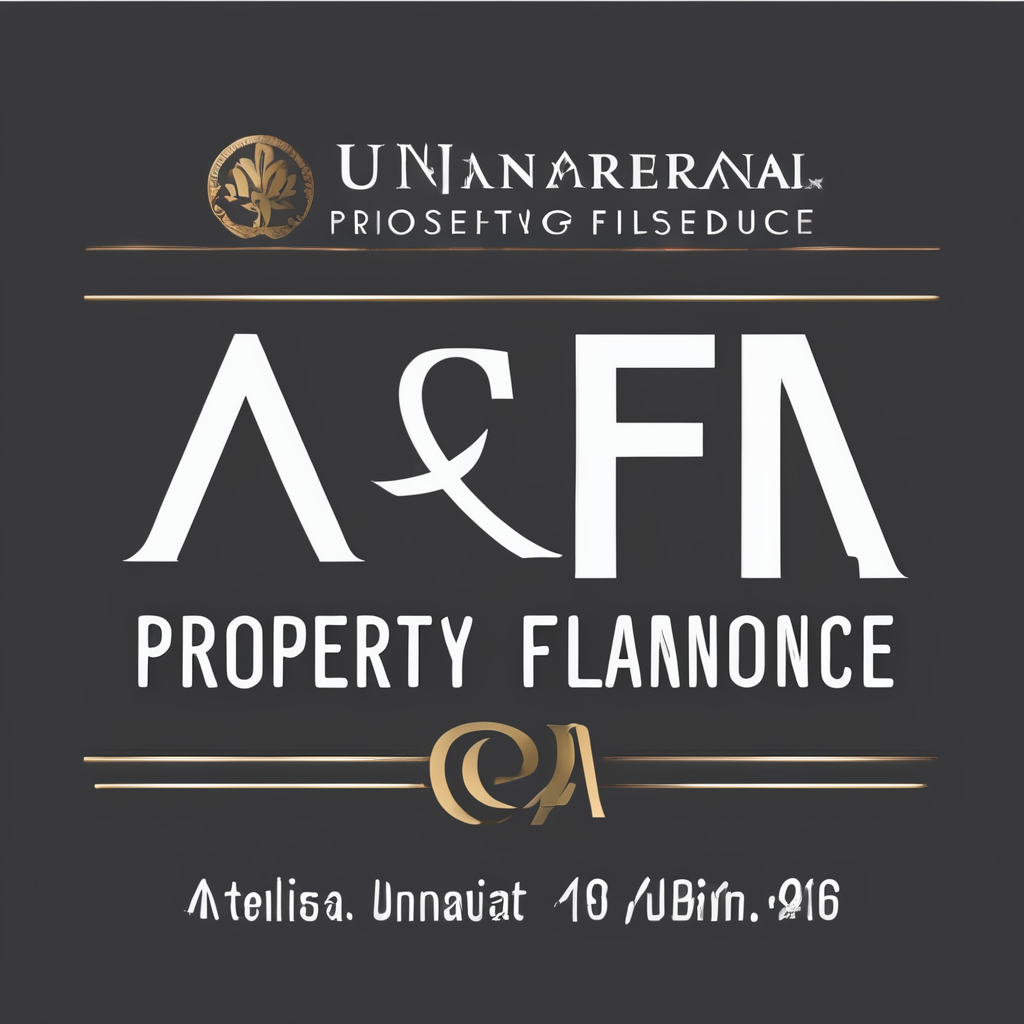Navigating the labyrinth of planning permissions and consent processes in the UK can be a challenging task, especially when dealing with listed buildings. These buildings are of particular historic interest and thus are subject to stricter rules and regulations to preserve their unique characteristics. In this piece, we’ll walk you through the crucial steps required to secure permission for altering a listed property in the UK.
Understanding Listed Buildings
To start, it’s essential to understand what makes a building "listed". This term refers to buildings or structures that are of particular architectural or historic interest. The buildings are categorised into three grades – I, II*, and II, with Grade I being the most significant. The listing protects the building from unsuitable alterations that could diminish its special interest.
A lire aussi : What are the specific considerations for UK homeowners looking to convert basements into livable spaces?
More than just the facade, the listing covers the entire building, both inside and out, and could also include other structures within the property’s curtilage. It means that any proposed changes to the building require specific permission, called ‘listed building consent’ from your local planning authority.
The Planning Permission Process
When you plan to alter a listed building, whether it’s a structural change or a small alteration, it’s mandatory to seek permission from the local planning authority. The planning permission process can be rigorous for listed buildings since these changes have the potential to significantly impact the historic fabric and character of the property.
Cela peut vous intéresser : What are the implications of the UK’s building safety regulations on property developers?
The application for consent should include a detailed description of the proposed works, drawings showing the changes, a statement setting out the works’ justification, and how they will preserve the building’s character. In some cases, a heritage impact assessment or an archaeological assessment may also be required.
Remember, to carry out work without the necessary consent is a criminal offence and may result in prosecution. Therefore, always ensure you have the appropriate permissions before starting any work on a listed building.
Seeking Professional Advice
Given the complexity of the planning consent process for listed buildings, it’s advisable to seek professional advice. Engage a heritage consultant, an architect with experience in historic buildings, or a planning consultant to guide you through the process.
These professionals can provide valuable advice on the potential impact of your proposed works, help you prepare a comprehensive application, and liaise with the local authority on your behalf. Their expertise can aid in reducing the risk of rejection and streamline the process, saving you time and potential heartache.
Working with Local Authorities
Establishing a good relationship with your local authority is vital in navigating the planning permission process. The local authority is not only responsible for granting consent but can also provide guidance and advice about your project.
Your local planning authority will assess the potential impact of your proposed works on the listed building. To do this, they will consider the national planning policy framework, any local planning policies, and advice from their conservation officer. They may also consult other bodies like Historic England or the local community.
Managing Material Changes
Material changes encompass significant alterations that affect the character of a listed building. These can include changes to the layout, removal of historic material, or alterations to the building’s exterior. All material changes require listed building consent, even if they seem minor.
In the planning permission process, it’s crucial that you detail all the material changes you plan to undertake and how they will affect the building’s character. A clear and comprehensive description of these changes will allow the local authority to make an informed decision and reduce the chances of your application being rejected.
Navigating the UK’s planning permissions for altering listed properties can be a complex process that requires a good understanding of historic buildings, careful planning, and meticulous preparation of your consent application. It’s a process that demands time and patience, but with the right advice and approach, it’s possible to undertake a successful development project that respects and preserves the unique character of our listed buildings.
Navigating Material Amendments and Conservation Areas
When planning alterations to a listed building, you might encounter terms like ‘material amendments’ and ‘conservation areas’. It’s crucial to understand these terms, as they significantly impact your planning application and the consent process.
Material amendments refer to changes that differ substantially from the granted planning permission. These changes could range from alterations in design, changes in materials used, to shifts in the site’s boundary. Material amendments necessitate a fresh application for planning permission. Therefore, an understanding of what constitutes a material amendment can save you from unnecessary delays and complications.
On the other hand, conservation areas are areas of notable architectural or historic interest, the character or appearance of which it is desirable to preserve or enhance. If your listed building is within a conservation area, it will be subject to additional building regulations to maintain the area’s distinctive character. This aspect means that you might need to obtain an additional ‘conservation area consent’ along with your listed building consent.
The local planning authority determines whether a change is a material amendment and the existence of conservation areas. Therefore, constant liaison with the local authority is crucial to ensure your project is compliant with all necessary regulations.
Consequences of Unauthorised Works on Listed Buildings
Unauthorised works on listed buildings are taken very seriously in the UK. As mentioned earlier, undertaking works on a listed building without the necessary consents is a criminal offence. This offence is not taken lightly and can result in severe penalties, including fines and, in extreme cases, imprisonment.
If unauthorised works are carried out, the local planning authority has the power to issue an enforcement notice requiring the building to be restored to its former state. In some cases, the local authority may also serve a ‘building preservation notice’ if a building is not yet listed but is of historic interest and under threat.
Notably, the responsibility for unauthorised works can extend to anyone involved in the works, including the building owner, the tenant, the builder, or even the architect. Therefore, it’s imperative to obtain all necessary consents before beginning any works to a listed building.
Conclusion
Navigating the UK’s planning permissions for altering listed properties can be a daunting task, given the stringent regulations and rigorous application process. Understanding the ins and outs of the planning permission process, including listed building consent, material amendments, and conservation areas, is crucial in preserving the architectural and historic interest of these buildings.
Remember, seeking professional advice and establishing a strong relationship with your local authority are key factors in a smooth and successful application process. It’s not just about making changes — it’s about respecting and preserving the distinctive character and charm of the UK’s listed buildings. With patience, diligence, and the right guidance, it’s entirely possible to alter a listed building while honouring its historic significance.






